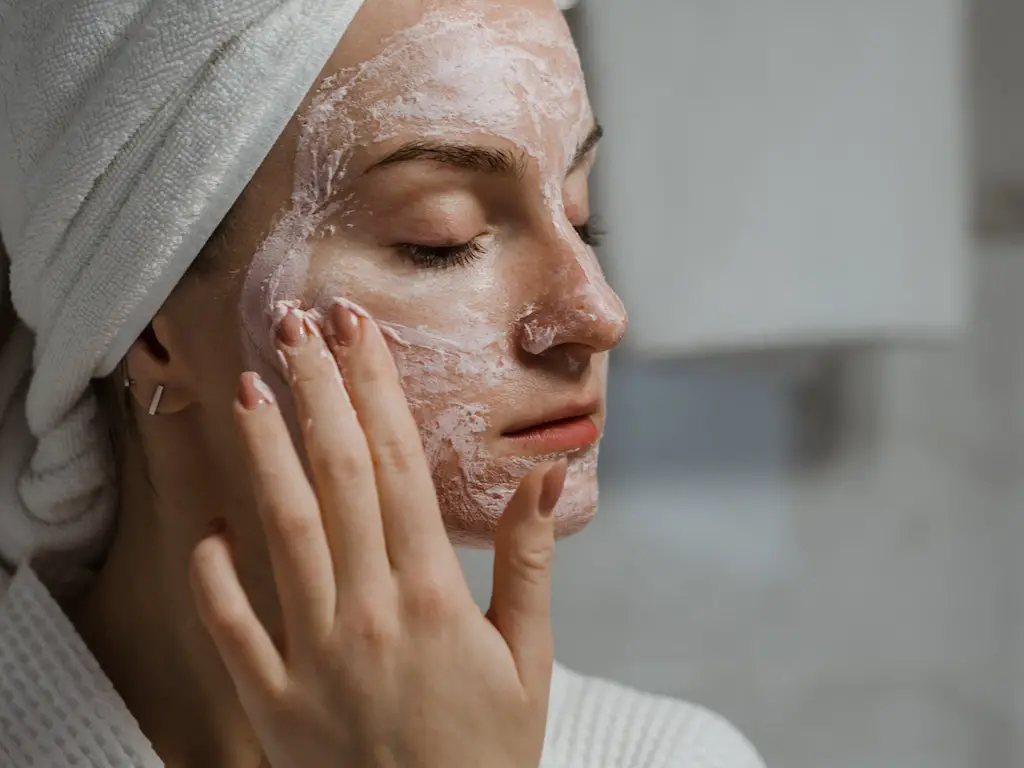White clay, also known as kaolin, is the main ingredient of beauty masks. It works gently against oily acne-prone skin and tightens mature skin. In addition, its topical use gives a dazzling look to the smile. It provides a pleasant feeling of freshness to the oral cavity.
The precious mineral is also suitable for oral use, finding use in treating minor ailments affecting the gastrointestinal tract.
What is white clay?
We are also known as kaolin. White clay consists of a unique clay material composed of 50% silicon followed by aluminum, iron, and calcium. It appears as an excellent textured powder of gray-white color. Sometimes it takes on reddish-orange hues due to the variable presence of iron oxides.
Kaolin originates from a meteoric weathering process caused by the passage of water over rocks. Clay hitting the sediment is removed using powerful pressurized water jets that push it to the bottom of the mine, where sand accumulates. Afterward, the mixture of water and clay is extracted and transported to the leveling tanks using unique pumps.
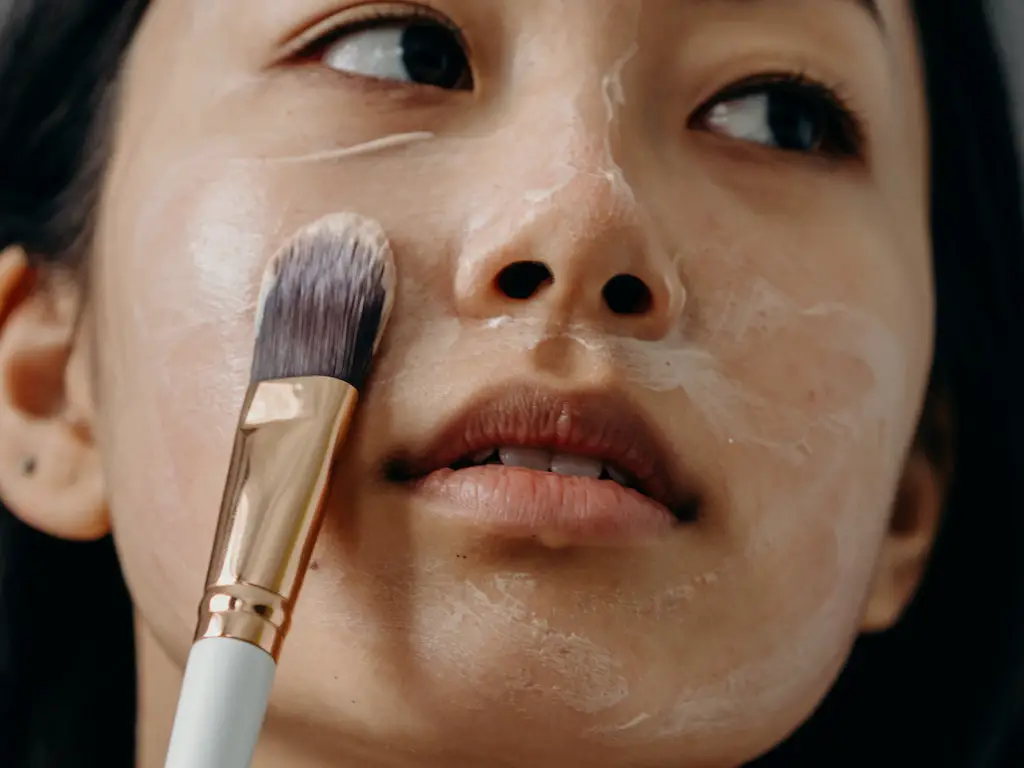
Significant kaolin deposits find in China, Japan, England, Germany, the Czech Republic, France, and Russia.
For body and face care, white clay finds in many cosmetic formulations and makeup products (for example, foundation, face powder, and eyeshadow). The mineral is widely used in cosmetology, as it can effectively treat facial skin by gently acting on it.
Therefore, you can apply it on sensitive and dry skin without irritating it. In addition to its therapeutic uses, kaolin is also available in manufacturing ceramics, bricks, paints, plasters, and insulators. It is a raw material in manufacturing paper, plastics, and pharmaceutical formulations.
What are the types of white clay?
There are mainly two types of kaolin:
- Super aerated white clay: It characterizes by excellent particle size. The grain is subjected to an aeration process, separating the grains from the powder using an air jet. This processing technique gives the powder an intangible consistency, colored with pure white. Super aerated white clay has a neutral pH and contains a high amount of silicon dioxide, making it particularly suitable for skin and hair health.
- Micronized white clay obtained by the micronization process consists of a unique grinding technique that involves introducing the mineral into a circuit through which a liquid passes at a very high speed and causes the material to break. Micronized kaolin mainly uses to make masks and poultices with decongestant and soothing properties.
Differences between green clay and white clay
Green clay has a high percentage of silica, montmorillonite, ferric oxide, magnesium oxide, and potassium oxide. Some varieties of green clay also contain other elements such as zinc, copper, phosphorus, chlorine, and carbon. This clay variant is particularly suitable for making porridges with purifying and exfoliating properties. It is also effective in treating muscle inflammation and can quickly absorb hematomas.
Instead, white clay has a significant concentration of silicon and aluminum. It has a fragile texture that is also suitable for oral use.
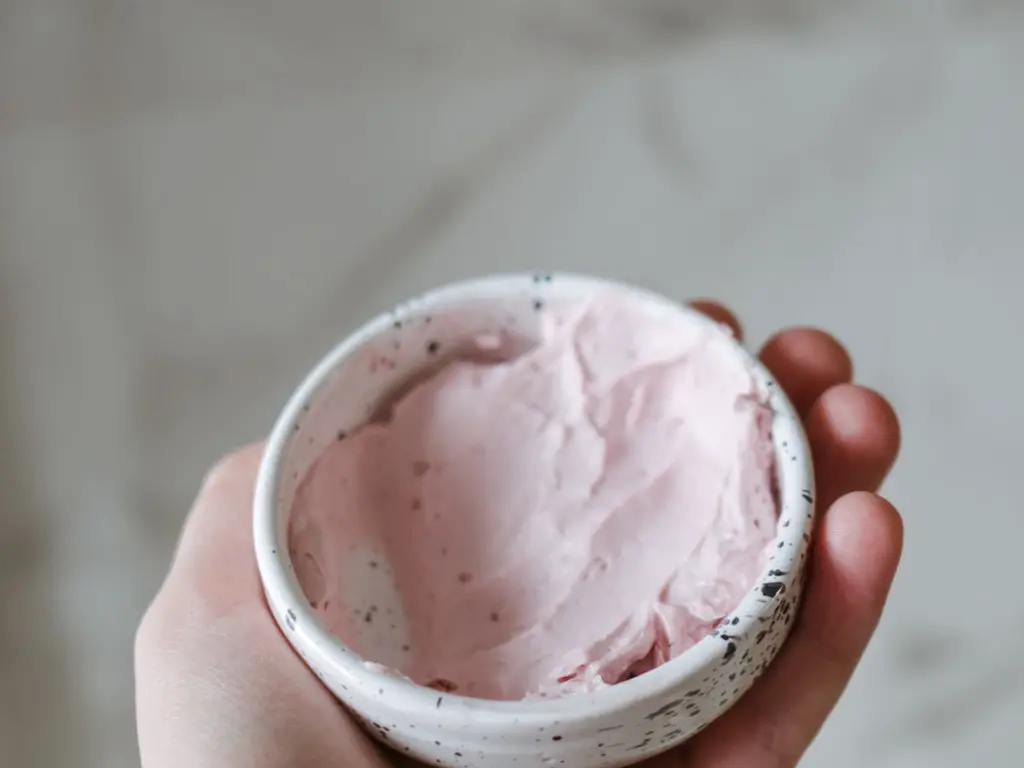
With its application, it is possible to both relieve intestinal fermentation caused by possible bacterial poisoning and regulate intestinal transit. White clay for external use has a gentle cleansing and toning effect that doesn’t irritate. You can also use it on sensitive and dry skin.
What are the benefits of white clay?
Check out the benefits of white clay:
Remedy for oily acne-prone skin
You can successfully use a white clay mask to treat oily acne-prone skin. White clay effectively absorbs sebum, preventing pores from clogging.
It mainly eliminates impurities and toxins found in the pores of the skin. It cleanses the skin of excess sebum and traces of pollution without causing irritation or redness.
Thanks to the antibacterial effect of the drug, kaolin is especially suitable for treating acne. It also has a terrific cleansing and refreshing effect, which can absorb moisture and skin impurities.
Anti-aging action
Kaolin mask acts gently. Therefore, you can use it on sensitive and dry skin without problems.
White clay supports skin tightening while preventing the onset of signs of aging, such as fine lines and wrinkles. It promotes skin elasticity and firmness by effectively removing dead skin cells and moisturizing dry skin that tends to exfoliate.
The iron in the drug makes the skin more elastic and repairs the damage caused by aging. It also evens the skin by reducing dark spots, redness, and irritation caused by rashes and insect bites.
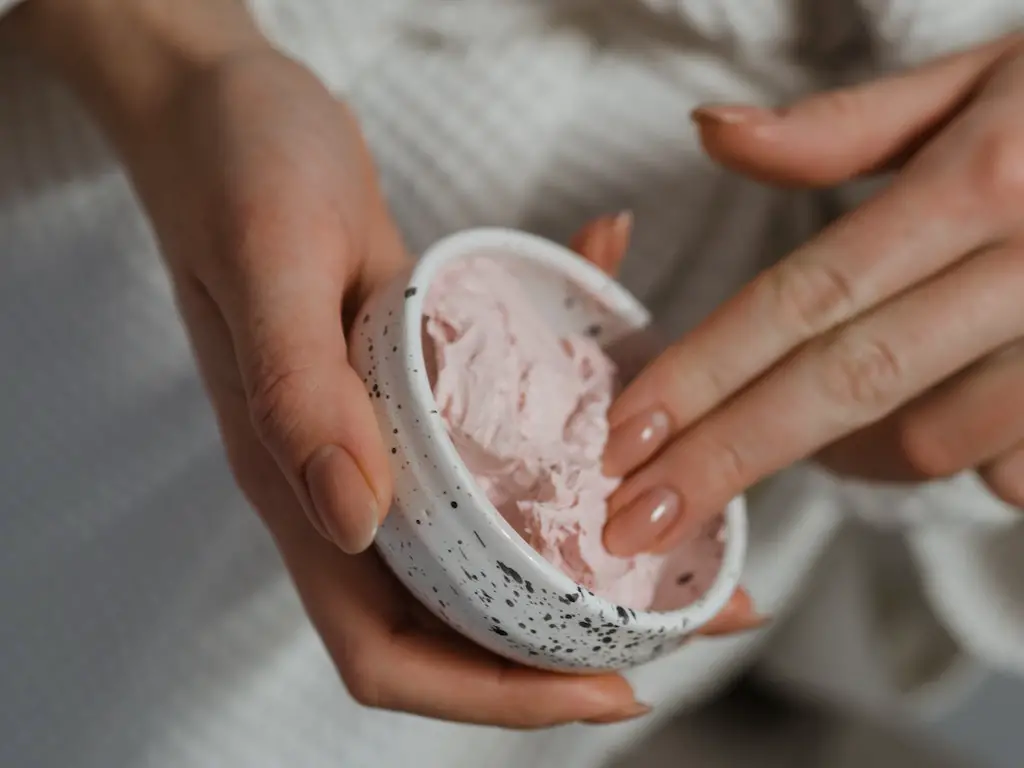
Fight diarrhea
Taking kaolin by mouth can help treat diarrhea. We can compare the mineral content of white clay with bismuth subsalicylate, a drug we use to treat nausea, gastritis, and diarrhea.
Scalp detox action
The white clay found in some hair care products has a detoxing effect on the scalp.
Kaolin has an anti-inflammatory and anti-dandruff effect by absorbing excess oils. It also promotes hair growth by helping to keep the scalp healthy.
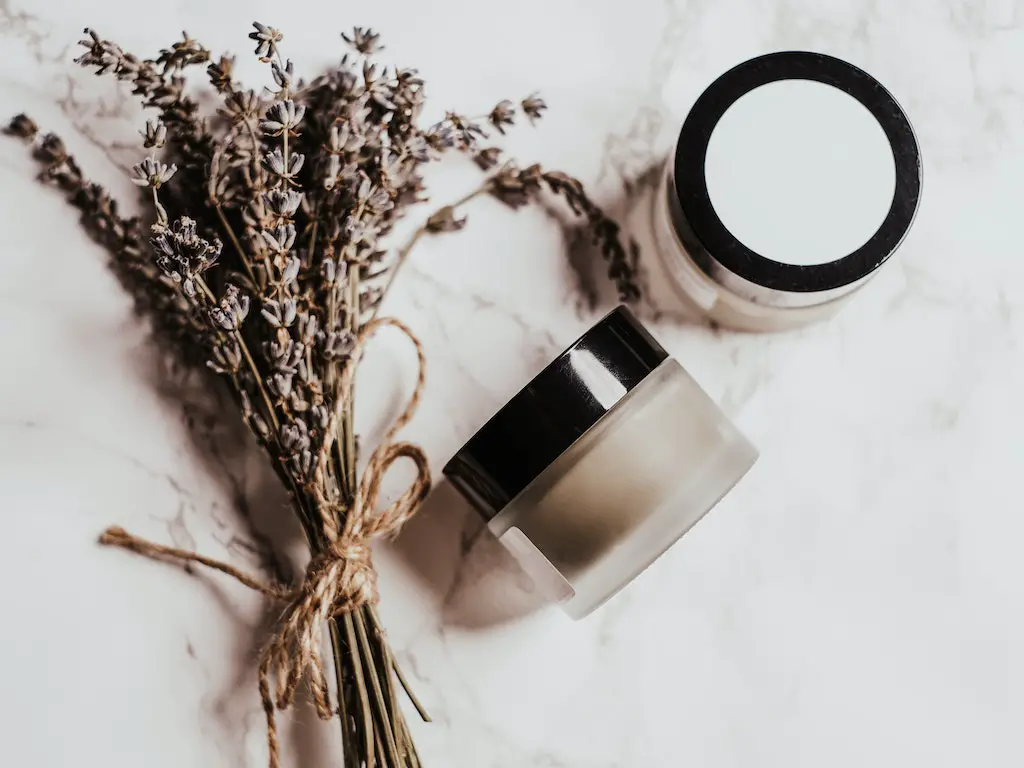
Takes good care of your teeth
Kaolin finds some kinds of toothpaste with natural ingredients, especially tooth-cleaning powders. White clay is a viable natural alternative to traditional toothpaste.
By mixing the clay material with a few drops of peppermint essential oil, a solution for brushing can be obtained, which can give the oral cavity a pleasant, long-lasting feeling of freshness while exhibiting a simultaneously soothing and inflaming effect.
Natural deodorant
You can effectively use white clay as a substitute for traditional deodorant, which can effectively remove excess oil and impurities.
The remedy is found in numerous natural hypoallergenic deodorant formulations thanks to its sweat-absorbing power and ability to neutralize body odors.
Soothes mouth inflammation
Adding kaolin to a mouthwash can relieve pain caused by ulcers affecting the oral mucosa due to exposure to treatments using radiation.
White clay acts as a hemostatic
Kaolin has interesting hemostatic properties that can accelerate blood clotting times and stop bleeding. You can stop bleeding caused by the surgical wound more quickly by soaking sterile gauze in a white clay-based infusion.
Applying this substance to the bleeding area with light pressure is sufficient. Doctors used this medical procedure to heal wounded soldiers in battle.
Relieves stomach ailments
A unique liquid solution based on kaolin and pectin can help treat ulcers in the digestive tract.
White clay seems to soothe stomach pain effectively; it can also suppress excessive appetite and eliminate excess toxins in the gastrointestinal tract.
White clay: Learn how to use it best
White clay finds in cosmetics for skin and facial care in combination with other types of clay. Kaolin, which has a sensitive antiseptic and remineralizing effect, can also be used on normal and dry skin and children’s sensitive skin.
In addition, white clay is among the ingredients of talcum powder with its soothing, refreshing, and hypoallergenic properties. Kaolin is a natural odor absorber. It is also found in wild tubes of toothpaste with a whitening effect, as it only gives a dazzling look to the smile and effectively removes the bacteria responsible for bad breath. Also, thanks to the recognized strengthening effect of the clay mineral, kaolin is often found in shampoo formulations for treating brittle, oily hair dominated by dandruff.

You can find pure white clay in powder form or add it to cosmetic products at an affordable price from herbalists and online specialist retailers. To preserve the organoleptic and therapeutic properties of the product, kaolin should be packed in an airtight manner and stored in a dry place away from heat and moisture sources.
External use of white clay
Check out the external use of white clay:
Refreshing toothpaste
Add a drop of peppermint essential oil to half a teaspoon of kaolin for a long-lasting refreshing effect.
Mix the ingredients well, place them on the wet bristles of the toothbrush and continue with the regular cleaning of the teeth. The recipe is suitable for a single daily dose.
Natural whitening toothpaste
Add 100 grams of clay to a little boiling water and mix until you get a creamy consistency similar to toothpaste. Add a pinch of salt, a few teaspoons of green tea, and drops of an antibacterial essential oil to the mix.
Natural kaolin-based toothpaste can be stored in a sterilized glass jar in the refrigerator for a week. To achieve a practical whitening effect, you should use the remedy twice a day after cleaning your teeth daily.
Mask for oily hair and dandruff
Dissolve two tablespoons of kaolin in some hot water. Add a few drops of rosemary extract and a hydrating teaspoon of aloe vera gel.
Apply the mask on the scalp and wait for twenty minutes. Then rinse well with lukewarm water and follow up with regular shampoo. From the first application, the hair will be soft and shiny.
Exfoliating body peeling
To make a gentle remedy with exfoliating and purifying effects, mix a glass of white clay with a spoonful of coconut oil, a drop of essential oil of your choice, and some brown sugar.
Mix all the ingredients well, take a small amount of the product and distribute it on damp skin. Then massage gently in circular motions, wait for about half an hour and rinse with warm water. Brush several times a week for long-lasting results.
Natural deodorant powder
In a wooden or plastic bowl, pour four teaspoons of white clay and 6 grams of rice starch. Mix the ingredients well using a wooden spoon.
Then add eight drops of tea tree essential oil and ten drops of lemon essential oil. Mix all the ingredients carefully, avoiding the formation of lumps.
Put the product in a container with a perforated lid and wait a day before using it. Follow up by spreading the medication under dry armpits after a shower or bath using a cotton pad. You can use the natural deodorant obtained in this way up to three times a day.
Mineral foundation powder
Mix a glass of white clay with a glass of arrowroot. Gradually add unsweetened cocoa powder until you get a color similar to your skin tone. Apply to the face using a makeup brush.
To work the clay, use wooden or plastic spoons and spatulas, avoiding the use of metals that oxidize quickly, as they can change the mineralogical composition of the product. After the kaolin kneads, you can store them in the refrigerator for 48 hours.
Interior uses of white clay
Check out the interior uses of white clay:
White clay for intestinal swelling
Dissolve the kaolin in a full glass of water and mix well with a wooden spoon. Let the solution sit overnight, and take it on an empty stomach the following day. You can just take the water or the clay bed if you want.
Natural remedy to fight stomach acid
Use the ingredients and amounts specified for the previous medication. Take the freshly prepared solution after the main meals.
Other uses of kaolin
White clay in the building industry
Thanks to its flexibility and excellent mixing capacity, kaolin is used by experts in creating mixtures for plaster, paint, and stucco production.
Increasing the paint’s white point makes it more opaque and easier to apply. In addition, white clay significantly reduces coating costs. You can use it both indoors and outdoors.
Kaolin is especially useful in brickmaking because of its high heat resistance.
Kaolin in the paper and ceramic industry
Experts use it to fill the gaps between the single short and long fibers of cellulose, to give the paper shine and homogeneity. We also come across white clay a lot in the field of ceramics. We come across especially in producing porcelain, pottery, brick, and ceramics.
Contraindications
Usually, the body doesn’t assimilate kaolin-based drugs. But in some cases, ingesting white clay can lead to iron deficiency anemia caused by iron deficiency and hypokalemia. You are more likely to experience these side effects during pregnancy.
You should also not take kaolin with digoxin, clindamycin, lincomycin, and some penicillamine-based drugs. For this reason, we recommend using white clay preparations 3 hours before or after any drug application.
Don’t use Vaseline, lanolin, and cod liver oil with kaolin, as they prevent the medication from sticking to the skin. Kaolin may decrease the serum concentration of cardiac glycosides, chloroquine, lincosamide antibiotics, quinidine, and trimethoprim.
Background
The etymological meaning of the name kaolin is attributed to the Chinese term Gaoling, which translates to high hills, referring to the Jingdezhen region, where there are multiple kilns for processing ceramics.
The first evidence of the use of white clay dates back to Greek times. The mineral was mainly used to produce terracotta coated with a glossy white paint reminiscent of porcelain. In 300 BC, the painter from Lipari used the mineral to make colorful vases characterized by an original and unusual polychrome.
Kaolin production began by various companies on the island of Lipari in the period following the Second World War, but the peak of extraction activity was between 1956 and 1967.
Sources:
https://www.ncbi.nlm.nih.gov/pmc/articles/PMC2904249/
https://www.ncbi.nlm.nih.gov/pmc/articles/PMC5632318/
What is white clay made of?
Also called white clay or Chinese clay, kaolin is primarily composed of the mineral kaolinite. The name kaolin comes from ‘Gaoling,’ a Chinese village in southeastern Jiangxi province.
What does white clay do to the body?
White clay gently cleanses and brightens your dead and dry skin. It is also an excellent detoxifier, removing dirt and toxins and absorbing impurities.
Where is white clay used?
White clay is a type of clay that isn’t used for dry skin and mainly use for oily skin. It helps to improve the roughness of the skin. It removes toxins from the skin and prevents the formation of bacteria. It is effective in making the skin look more lively by brightening it.
Where is white clay found?
Significant kaolin deposits find in China, Japan, England, Germany, the Czech Republic, France, and Russia.
What is another name for white clay?
Another name for white clay is kaolin. We also know it as Chinese clay.
Is White Clay poisonous?
No, white clay isn’t poisonous.
Is white clay natural?
Yes, white clay is natural. Kaolin is a natural soil type that typically forms after the remains of volcanic ash. Clays formed by lava from the depths of the earth’s crust due to the eruption of volcanic mountains are extremely rich in minerals.
How long does white clay take to dry?
It is homogeneous and ready to use. It doesn’t stick to your hand. Drying time varies depending on the thickness of the dough; it dries entirely without cracking within 36 hours of contact with air.
Can you eat white clay?
Yes, you can eat it on the recommendation of a doctor. White clay, known as kaolin, is used to treat diarrhea.
What is the use of a white clay mask?
White clay mask accelerates blood circulation in the skin and creates an anti-aging effect. It helps clean the skin. Since it cleans the pores, it also opens the clogged pores and allows the skin to breathe. It also helps tighten the pores.
